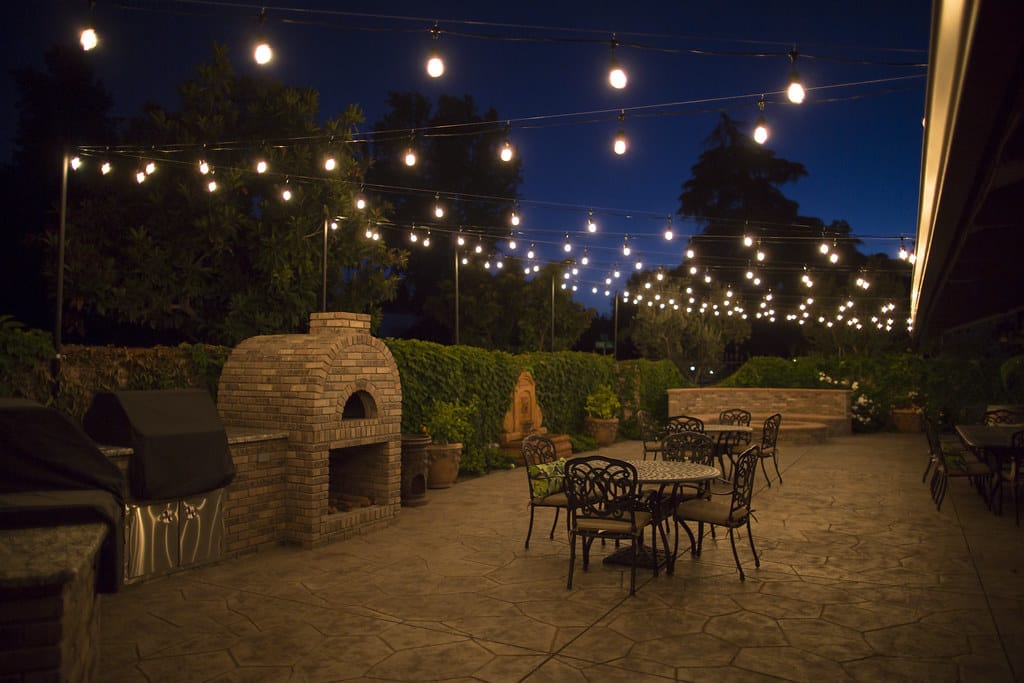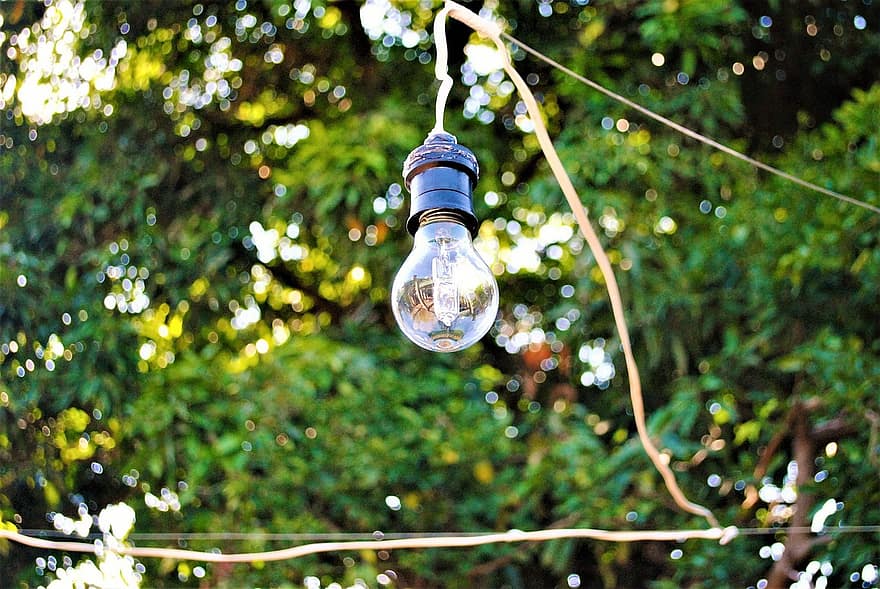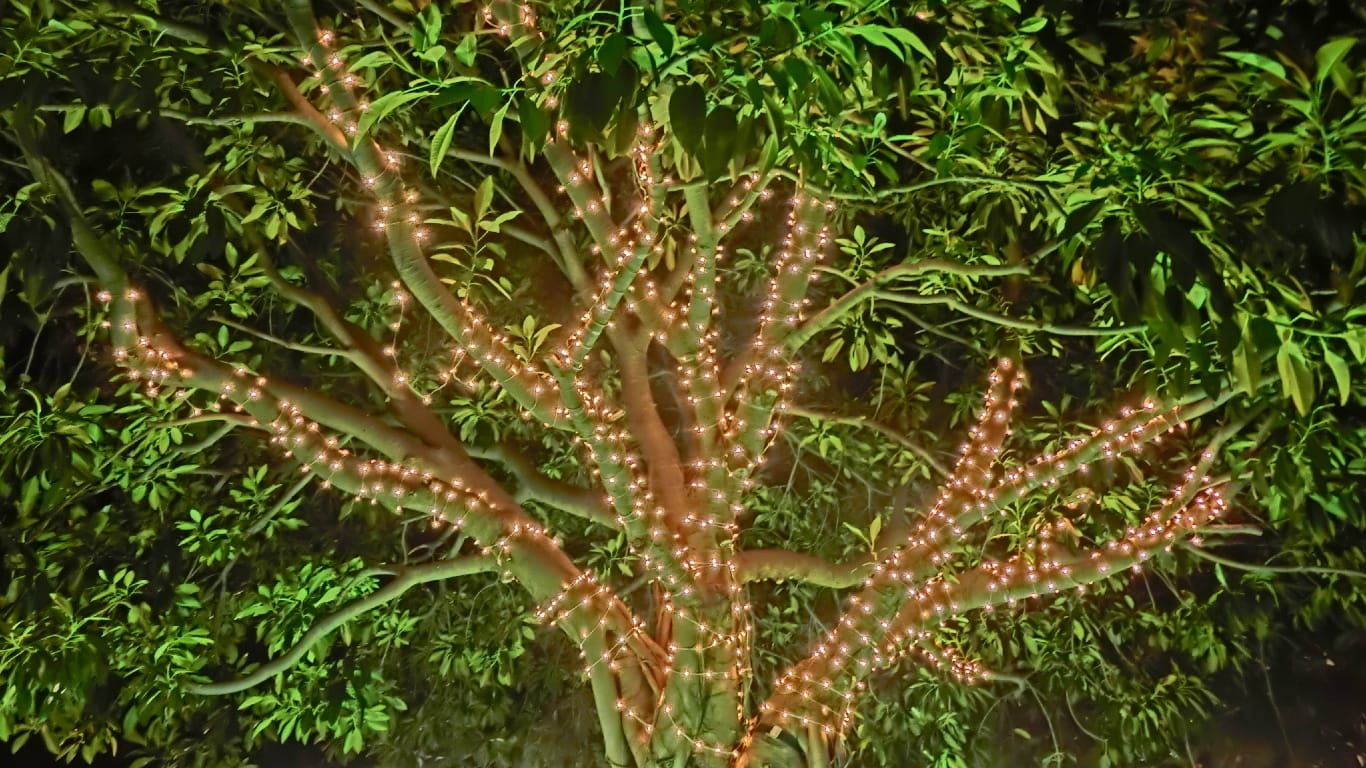Beautifully decorating your garden with articulate designs and landscapes doesn’t mean that the job is done. Your beautifully decorated garden may be the apple of the eye for everyone in daylight, but at night, it can just look like a haunted area. That is why lighting is very important in landscape designing.
Proper lighting protects the house against threat and harm, and with it, it can be easier to identify suspicious beings on the property. Enlightening the front and back yards of your home provides clear paths to walk on and view the garden in a different view at night. The following are some essential landscape lighting tips:

Choose Between Different Types of Lighting

Just like the options we get for lighting up the interiors consisting of bulbs and LEDs, there are a ton of ways to light the outdoors that can create different effects. These lighting systems help you to radiate the gardens’ style and include a sense of modernity.
When you hit the lights store, you can find several types of lightings that can get you confused. A few good options include spotlights/floodlights, in-ground lighting, posts lights, and path lights. You can choose one type or several of these to light up different areas of the outdoors. All these systems light areas differently and must be used carefully in order to not over or under light an area.
Pick a Lighting Style

Lighting a garden area can be a tricky job. There is a thing called bad lighting in garden illumination. Because no one would like to see a lighting phenomenon that is blinding or blaring or provides a feeling like entering a red carpet, for this, you must pick a lighting style that goes with the theme of your garden.
Backyard lighting should always be dim. Uplighting can be used as a form of illuminating dark stairs or on walls as lights wash down through spotlights. Another way to artsy up the garden is by adding floodlights to create shadows of objects and plants when placed behind. This effect is called Silhouetting. Shadowing and moonlighting schemes are for lighting up more significant areas and larger objects adequately. You can use inground lights to perform grazing over hardscaped areas by closely placing them.
Know Which Areas to Light
Landscape lighting starts by identifying illumination points outside the house. These areas depend on your preferences and needs to highlight some things in the gardens and leave some areas hidden. You may want the garden to be more modern for which lighting up plants, trees, fountains, and seating areas are needed. For safety reasons, lighting the pathways are also important.
You can go for different methods of lighting, as described above, than using the customary way of higher lighting. Some areas may need lower illuminating than the others, depending on their needs, like pathways. Higher or shadow lighting is good for gathering spaces. A combination of both methods can also be achieved for some areas according to your liking.
Choose Sustainable Means and Methods

Choosing materials for your backyard lights demand some responsibility to get the best out of the lighting scheme. There are several means to light your equipment, including fluorescent, halogen, and LED.
You can choose the latest LED lights that are the most energy-efficient and have the latest gadgets, like color temperatures and degrees. Appoint eco-friendly and sustainable holding equipment for lights such as wood or compost materials. For fixing up the lighting equipment, make sure to use sustainable digging tools and methods that don’t harm the environment and nearby plants. Or hire professional help from this site https://lamonddesign.com/landscape-lighting-cincinnati/ as we did.




